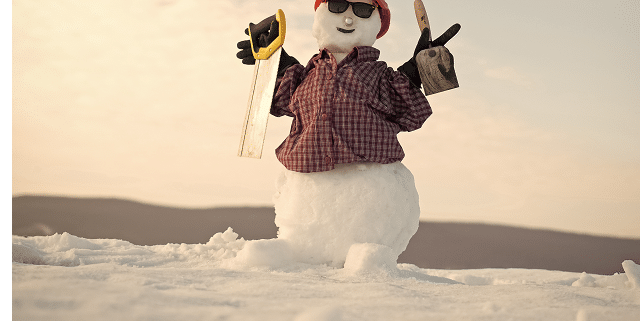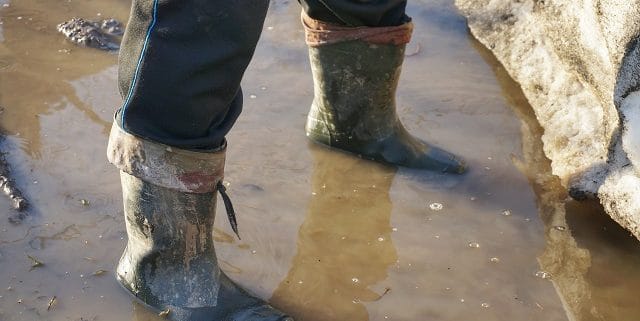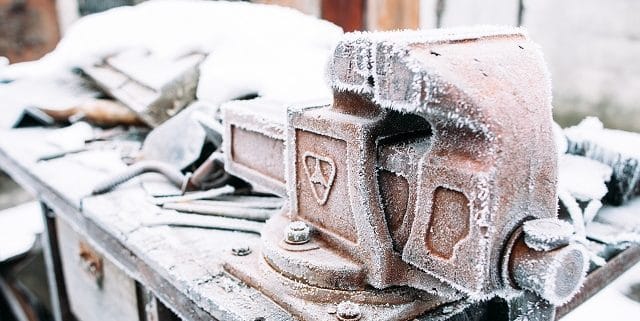Entering a Work Zone Safely
If a crew is working on a particularly hazardous task, we use red tape to keep other workers from entering freely. So does this mean we can just stumble into anyone’s work area that has no red tape without consent or knowledge of our presence? I definitely wouldn’t recommend it. This just in… all jobs on site have hazards! You have no idea if you are about to enter a fab tent, just at the right time to get grinder debris straight in the face or a hoarding right while a pipe is being lifted right where you’re standing. If you were not a part of that crew’s planning or FLRA/JHA for the day, you need to let them know you’re there. This is as simple as radioing ahead if possible or just a shout out before jumping up on some scaffolding or entering a fab tent. Workers in these areas have safe guarded for passers by, but not for the element of surprise. So do them and yourself a huge favour and let everyone know you’re there and want to enter and wait for the workers to okay it.










